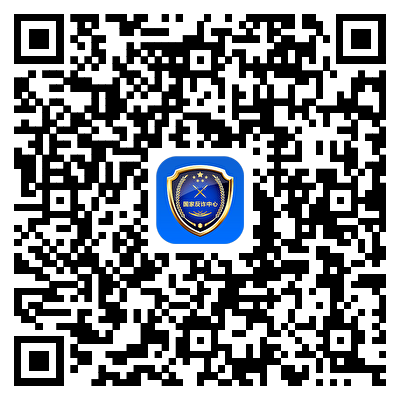Introduction:
In the era of artificial intelligence, writing high-quality academic papers plays a crucial role in academic success. However, it is important to pay attention to certain guidelines and precautions in order to ensure the integrity and originality of your work. This article will provide an overview of the key considerations and tips for successful paper writing, as well as the importance of using plagiarism detection tools for ensuring the authenticity of your research.
Key Considerations for Successful Paper Writing:
1. Planning and Organization:
Before starting your paper, it is essential to plan and organize your thoughts and ideas. Create an outline that delineates the main sections and subheadings of your paper. This will help you maintain a clear structure and coherence throughout your writing.
2. Literature Review:
Conduct a thorough literature review to gather relevant information and understand the existing research on your topic. This will enable you to build on previous work and demonstrate the novelty of your research. Remember to cite and reference all your sources accurately using the appropriate citation style.

3. Clear and Concise Language:
Use clear and concise language to convey your ideas effectively. Avoid unnecessary jargon or complex sentence structures that may confuse your readers. Be precise in your choice of words and ensure that your arguments are presented logically.
4. Proper Referencing:
Accurate referencing is essential to acknowledge the contributions of other researchers and avoid plagiarism. Familiarize yourself with the specific referencing style required by your institution or journal, such as APA, MLA, or Harvard, and ensure consistency throughout your paper.
The Role of Plagiarism Detection Tools:
Plagiarism detection tools are invaluable resources for researchers to maintain academic integrity and originality. These tools compare your paper against a vast database of published materials, highlighting any instances of similarity or potential plagiarism. By using such tools, researchers can identify unintentional errors and make necessary revisions before submitting their work.
Tips for Using Plagiarism Detection Tools:
1. Choose Reliable Tools:
Select a reputable plagiarism detection tool that is widely recognized and utilized by scholars and researchers. Consider factors such as database size, accuracy, ease of use, and compatibility with your text format.
2. Self-Check:
Conduct a self-check using a plagiarism detection tool before submitting your paper. This will allow you to identify any unintentional similarities or citations that may require further clarification or paraphrasing.
3. Interpretation of Results:
Understand how to interpret the results provided by the plagiarism detection tool. Not all matches indicate plagiarism; some may be legitimate quotes or common phrases. Review the report carefully, considering the context and nature of the matches.
Conclusion:
Writing a successful academic paper requires careful attention to detail and adherence to guidelines. By following the key considerations and utilizing plagiarism detection tools effectively, researchers can ensure the authenticity and originality of their work. Academic integrity is paramount in the world of research and contributes to the advancement of knowledge in various fields.














 津公网安备12011002023007号
津公网安备12011002023007号